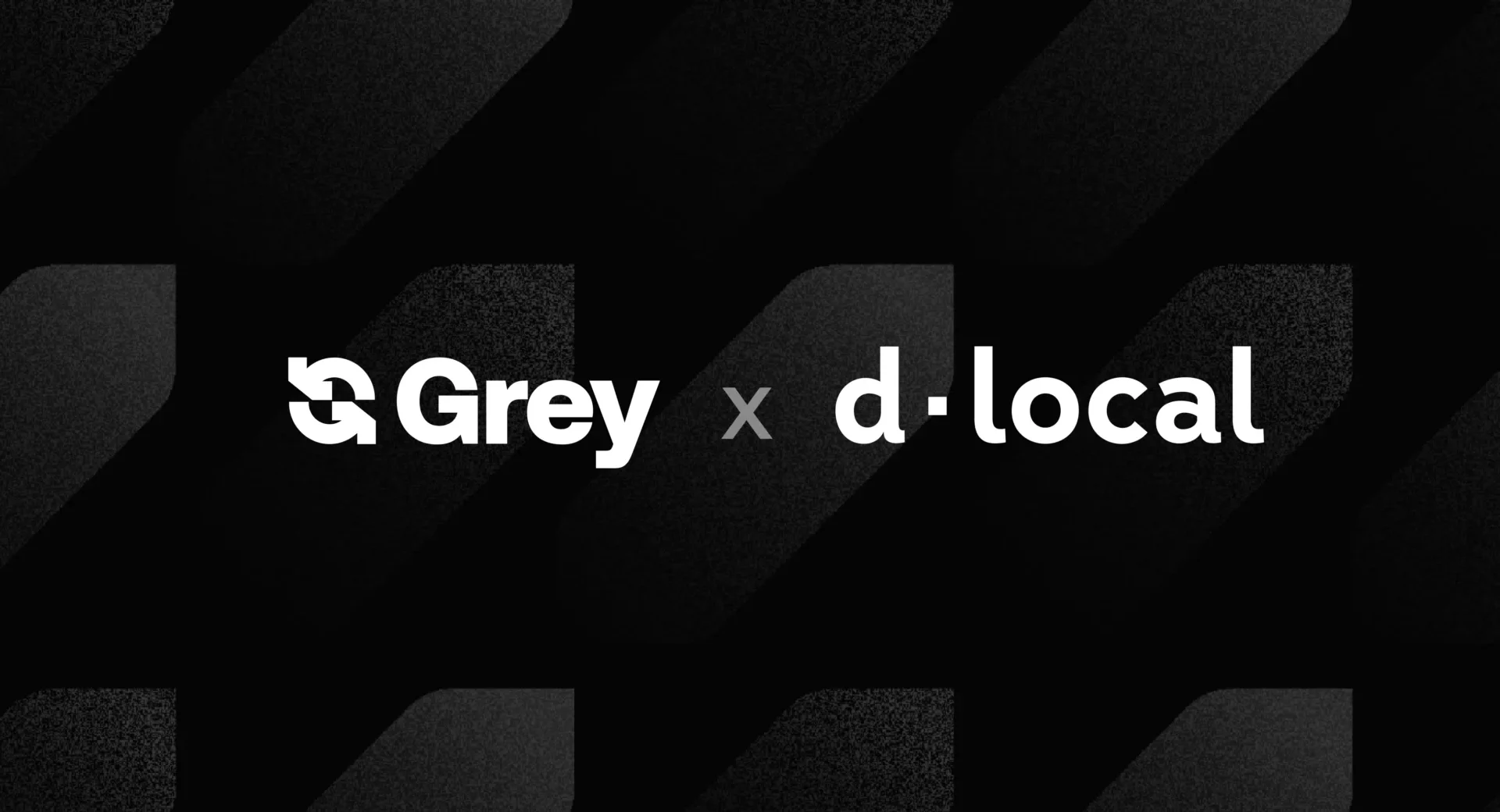Grey and dLocal (NASDAQ: DLO) announce a milestone in their partnership, reporting an average quarterly growth rate of 80% in payout volumes across new markets.
Grey, founded by two Nigerians, is a five-year-old US-based fintech providing over 1 million end customers with foreign accounts and international payment services.
dLocal is a Latin America fintech providing the cross-border payment infrastructure that players like Grey rely on to deliver services to their customers.
In July 2024, Grey expanded to six new countries: Brazil, Indonesia, Mexico, the Philippines, Ghana, and South Africa. This enabled prospective customers from those countries to create multicurrency accounts (USD, GBP, EUR) via Grey, receive payments, convert currencies and make withdrawals to their local stores of value (wallets or bank accounts).
Shortly after (August 2024), it announced its partnership with dLocal, stating that their partnership allowed its users in “Brazil, Mexico, Indonesia, South Africa, and the Philippines…to send and receive payments instantly into their wallets and bank accounts at low cost.”
A year later, dLocal says Grey’s payout volume to new markets has increased by over 80% every quarter. “Since implementation, Grey’s payout volumes increased significantly over the course of one year, with an average quarterly growth rate of 80% across new markets,” reads an official statement shared with Condia.
Other markets not previously covered in earlier communications about their partnership include North Africa’s Morocco, Egypt, and Algeria.
Speaking on the milestone, Grey co-founder and COO, Femi Aghedo, says, “Building on our strong partnership with dLocal, we’ve rapidly entered new key markets, streamlined payments integration, and delivered a truly global experience. Early results, like faster onboarding, instant payouts, and strong adoption, highlight how this collaboration is driving operational efficiency and enabling access for users and businesses across regions.”
The EMEA Head at dLocal, Agustin Botta, adds that, “This collaboration with Grey is a clear example of how robust cross-border payment infrastructure enables scalable growth in emerging markets. By delivering seamless local payment solutions, we help businesses expand globally while staying relevant to local needs. The strategic launches and strong payment capabilities we’ve achieved together highlight our commitment to unlocking real opportunities in these regions.”
Looking beyond
Over the last few months, dLocal has intensified its roadshow. In the last two years, they have been in the news for exploring a sale, after the company faced macroeconomic headwinds that sent its stock price down. In December 2024, Reuters exclusively reported on that, but the Uruguayan fintech declined to comment.
The following month (January 2025), DLocal’s CEO, Pedro Arnt, stated that the company had been approached by potential buyers in 2024 but was not actively seeking a sale. He acknowledged a fiduciary duty to evaluate offers but said that such conversations “rarely lead anywhere”.
In June 2025, dLocal announced its intent to acquire AZA Finance, which would mark its first acquisition outside of Latin America despite having significant business in Africa and Asia.
Pushing success stories, like this, will be crucial to their confidence rebuilding journey.
On the other hand, Grey has been one of the quieter fintechs that appear to be performing well. It has raised only $2.5 million in five years. Its last round was a seed in August 2022. Yet it has taken on expansion, announcing multiple partnerships with Clear Junction (European PSP), Cellulant (East African PSP), while significantly growing its user base.
It’s not clear what percentage of their user base is active or if they are profitable. But the sentiment around their business seems positive.
Get passive updates on African tech & startups
View and choose the stories to interact with on our WhatsApp Channel
Explore




